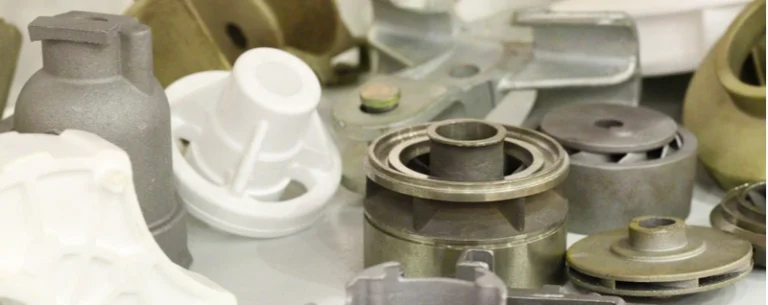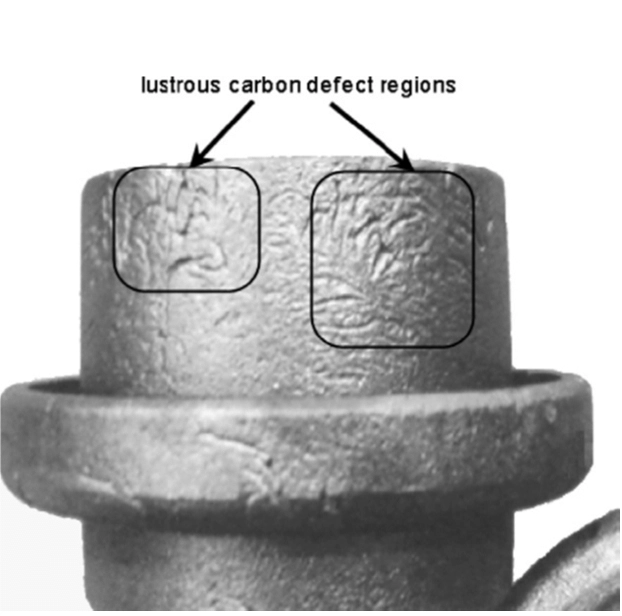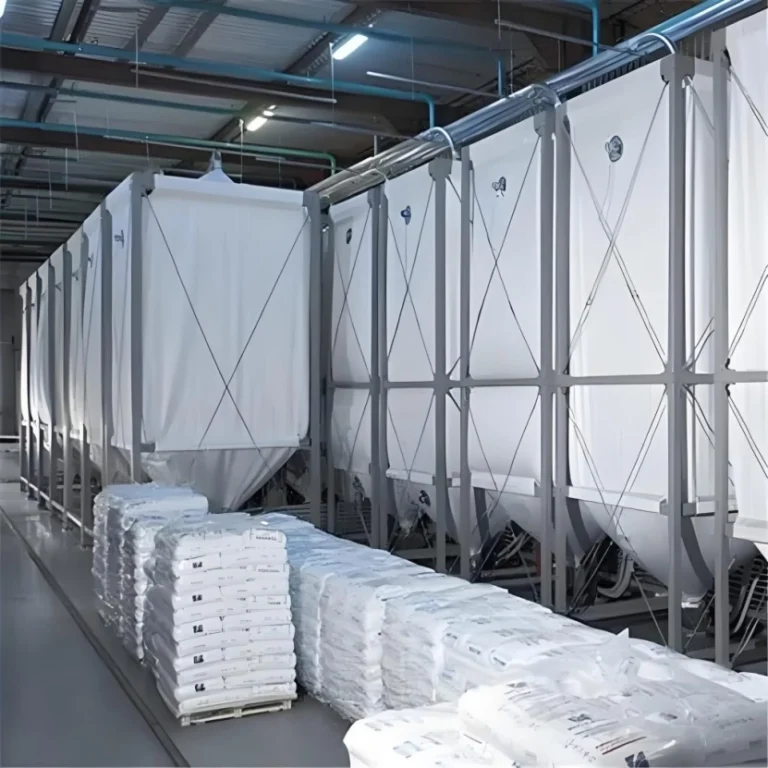Understanding the Lost Foam Casting Process Steps
Apa yang hilang buih?
Lost foam casting is a modern metal casting method. It uses foam patterns that are replaced by molten metal during the casting process. This method is popular because of its accuracy and the reduced need for extra machining. With advanced lost foam casting technology, manufacturers can produce complex shapes while cutting down on material waste.

One of the biggest advantages of this process is how smooth and precise the final castings are. But to reach that level of quality, factories must rely on specialized lost foam casting equipment. Each step of the process—from creating foam patterns to casting the metal—requires different tools to keep the work efficient and reliable.
Key Stages of the Process
The lost foam casting process steps can be divided into three areas: the white area, the yellow area, and the black area.
In the white area, workers make the foam pattern. This is where foam beads are expanded and molded into the desired shape.
The yellow area focuses on coating and drying. Here, the foam patterns are coated with refractory paint and then dried.
The black area is where the actual casting happens. It includes sand handling, pouring metal, and finishing the product. High-quality EPC equipment is important for each of these stages.
Foam Pattern Creation: Lost Foam Casting Equipment for the White Area
Pre-Foaming Machines for Consistent Bead Expansion
The first step in making foam patterns is expanding the raw EPS or EPP beads. Pre-foaming machines use steam and pressure to make the beads grow to the right size. These machines often have PLC control systems and steam-water separation features, which help keep bead expansion consistent.
Uniform bead density is important. Without it, the foam patterns may be too weak or uneven. A good pre-foaming machine sets the stage for the rest of the lost foam casting process.
Maturation Silos for Bead Stabilization
Before the beads are used, they need to rest and stabilize. Maturation silos are special storage units that keep the beads in a controlled environment. These silos often include automatic systems for bead transport and level sensing.
Stable beads make stronger foam patterns and help coatings stick better. This leads to higher casting quality and fewer mistakes during the process.
Foam Sheet Machines for Custom Patterns
Sometimes, foam patterns are cut from large EPS blocks. Foam sheet machines are used to produce these blocks in different sizes. These machines use negative pressure cooling to create smooth surfaces on the foam.
This type of equipment is great for factories that need flexibility in their lost foam casting process steps. It also supports custom casting jobs that need unique shapes and sizes.
Foam Molding Machines for Precise Patterns

After the beads are ready, they go into foam molding machines. These can be horizontal or vertical machines, and they use hydraulic systems to shape the foam.
Quick mold changes and vacuum cooling are features that make these machines efficient. The goal is to create precise, strong foam patterns that match the final metal part. These patterns must hold their shape under high heat and pressure during casting.
Central Vacuum Systems for Molding Efficiency
To make molding even more efficient, many factories use central vacuum systems. These systems provide the needed negative pressure—usually between -0.5 and -0.8 MPa—for foam molding. They also help with cooling and keep the foam from deforming.
A good vacuum system recycles heat and doesn’t produce wastewater. This is helpful for energy savings and environmental protection. It’s a key part of the lost foam casting machine lineup for modern foundries.
Coating Preparation: Equipment for the Yellow Area
Lift Type Paint Mixers for Refractory Coatings
Once the foam patterns are made, they need to be coated with refractory paint. Lift type paint mixers blend the paint to make sure it’s smooth and evenly mixed. These mixers include anti-sedimentation tanks made from 304 stainless steel, which helps keep the paint from settling.
Consistent coating helps prevent defects during casting. If the coating is uneven, it can cause bubbles or cracks in the metal part. This is why good mixing equipment is so important in the yellow area.
Drying Coated Patterns: Optimizing the Yellow Area
Air Dryers for Efficient Pattern Drying
After coating, the foam patterns need to dry. Air dryers come in many types: top-mounted, rear-mounted, indoor, or overhead systems. They often use energy-saving features like heat pumps and condensation technology.
These dryers remove moisture from the patterns without damaging them. This helps avoid problems like cracking or bulging during casting.
How Drying Impacts Casting Quality
If the foam patterns still hold moisture, they may deform during casting. Proper drying ensures the patterns keep their shape and strength. This step is essential, especially in high-volume production.
Advanced drying systems help factories save time and energy while maintaining high product quality.
Black Area Equipment: Supporting the Casting Process
Vibratory Tables for Sand Compaction
In the black area, vibratory tables are used to compact sand around the foam pattern. These tables can move in one, two, or three dimensions. Three-dimensional tables offer better filling and reduce air gaps.
Proper compaction prevents casting defects and makes the final product stronger. It’s one of the most important steps in using EPC equipment effectively.
Sand Processing Systems for Recycling
Sand is used again and again in the casting process. Sand processing systems clean and prepare it for reuse. They screen, remove dust, cool, and use magnets to separate unwanted materials.
These systems are designed to be quiet and efficient, helping lost foam casting factories keep costs low and productivity high.
CNC Machines for Lost Foam Casting Factories
CNC machines play a key role in cutting and shaping foam patterns. A CNC machine for lost foam casting factory allows for accurate cuts, even with very detailed designs.
With CNC cutting, factories can increase their output and improve quality. This type of lost foam casting machine is especially helpful for large or complex orders.
Choosing the Right Lost Foam Casting Machine
Factors to Consider for Equipment Selection
When choosing lost foam casting equipment, factories must think about their production volume, pattern shapes, and budget. Machines with PLC automation are easier to use and require less labor. Energy use and maintenance needs also matter.
Choosing the right machines helps ensure smooth production and fewer breakdowns.
Why China Lost Foam Casting equipment Manufacturers Stand Out
Many buyers choose a China lost foam casting equipment manufacturer because of the balance between quality and cost. These suppliers offer advanced lost foam casting technology and strong support for overseas clients.
China’s casting equipment industry has grown quickly, and many suppliers now export globally.
For example, Hangzhou Ouchen Technology Co., Ltd offers a wide range of lost foam casting machines such as foam sheet machine, pre-foaming machines, foam molding machines, air dryers, and central vacuum systems and lift-type paint mixers,maturation silo etc.
Common Challenges and Solutions in Lost Foam Casting

Avoiding Foam Pattern Defects
Foam defects often come from poor bead expansion or bad molding. Using automated EPC equipment helps prevent these problems. Regular machine checks also keep things running smoothly.
Managing Coating Consistency
If coatings are not mixed well, they can create uneven layers. High-quality paint mixers and maturation silos help keep coatings consistent. This prevents casting flaws later.
Optimizing Black Area Efficiency
In the black area, common issues include loose sand or improper cooling. Vibratory tables and sand processing systems solve these problems. With the right setup, factories can keep production flowing without delays.
FAQs About Lost Foam Casting Equipment
What is the most critical lost foam casting equipment for beginners?
Pre-foaming and foam molding machines are essential for creating strong patterns.
How does a CNC machine for lost foam casting factory improve production?
It helps cut complex shapes accurately, reducing mistakes.
What makes advanced lost foam casting technology energy-efficient?
Systems with heat recovery and PLC controls reduce energy waste.
Why choose a China lost foam casting manufacturer for EPC equipment?
They offer reliable and affordable machines with global service.
How do air dryers impact the lost foam casting process steps?
They remove moisture and protect pattern quality during casting.
Take Your Casting to the Next Level
Ready to enhance your lost foam casting process with cutting-edge equipment? Hubungi Hangzhou Ouchen Technology Co., Ltd di +86 159888479417 atau zyh@oc-epc.com to explore their lost foam casting equipment Customization Service. Visit https://www.oc-epc.com/ to discover how their innovative solutions can streamline your production and deliver flawless castings!





